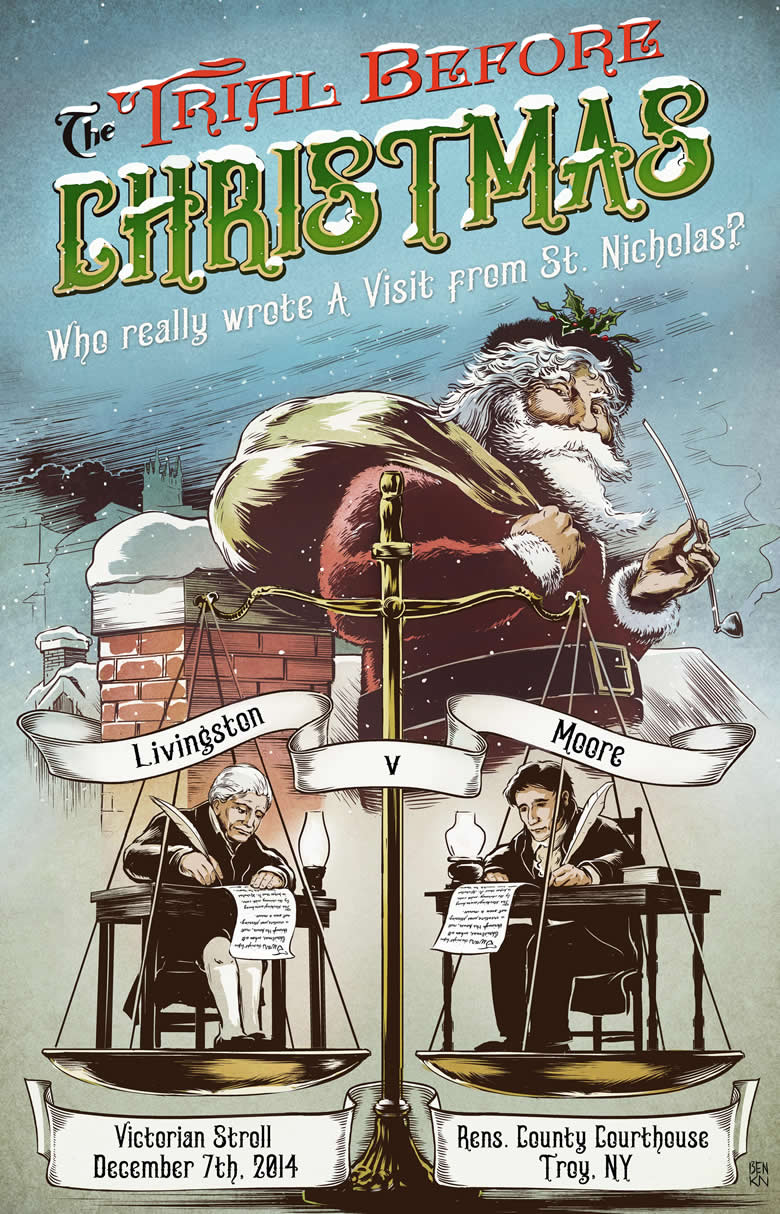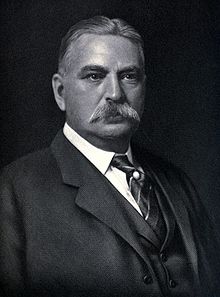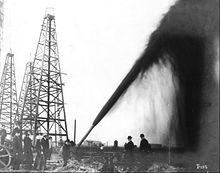I recently ran across a publication containing two stories by O. Henry, purchased at the Capitol Visitors Center in Austin. The stories center on the Texas General Land Office, where O. Henry (then William Sydney Porter) worked as a draftsman between 1887 and 1891. The stories led me down a rabbit hole of the history of the Texas General Land Office.
The General Land Office is the oldest Texas state agency, established by the Republic of Texas in 1836 to “superintend, execute, and perform all acts touching or respecting the public lands of Texas.” When Texas entered the Union in 1845, the United States allowed it to keep its public lands rather than taking those lands in exchange for assuming Texas’ public debt. The GLO was responsible for granting patents as land was settled and sold. The history of land grants in Texas is complex and colorful, including Spanish and Mexican land grants in South Texas and to Stephen F. Austin and other empresarios who settled the land before Texas independence. The records of those Spanish and Mexican land grants, and all other grants and surveys of state lands, are housed in the General Land Office. Many of those records, including historical maps and surveys, have been digitized and can be viewed online at the GLO website.
After Texas won its independence from Mexico, Columbia became the nation’s capital and its archives were housed there. The records were moved to Houston when Congress declared Houston the capital of Texas in 1836. Then in 1839, then-President Mirabeau B. Lamar convinced Congress to authorize the establishment of a planned city, Austin, to be the nation’s capital, and the archives were moved there.
 Oil and Gas Lawyer Blog
Oil and Gas Lawyer Blog




